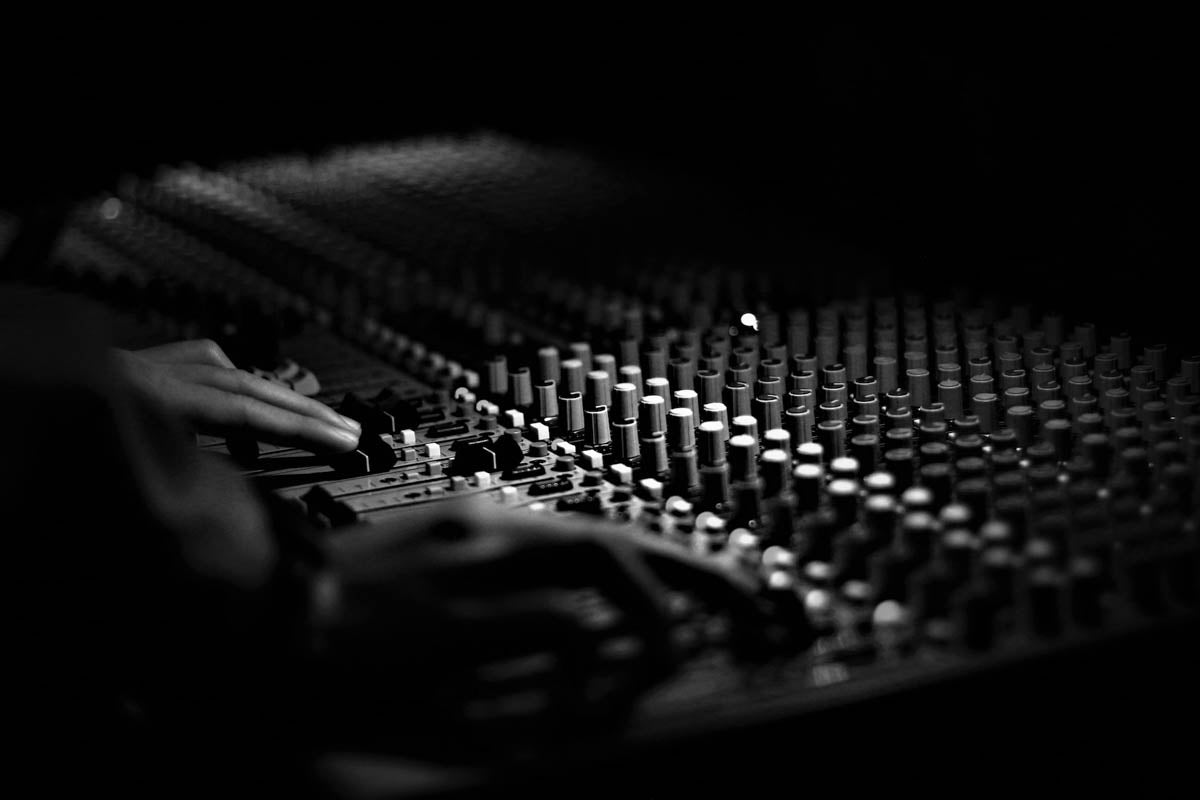What we think...
OM SYSTEM Winter Cashback Promotion 2025

Discover the perfect opportunity to upgrade your photography gear with exclusive cashback offers across a wide range of OM SYSTEM cameras and lenses. Whether you’re stepping into the OM SYSTEM ecosystem for the first time or expanding your current setup, this limited-time promotion makes it easier than ever to invest in premium quality and performance.
Enjoy peace of mind with a 5-Year Total Warranty on all featured products — ensuring lasting protection and confidence in every shot. From lightweight mirrorless cameras to professional-grade lenses, the comprehensive OM SYSTEM lineup has something for every creator, adventurer, and storyteller.
Claim your cashback, enjoy extended warranty coverage, and capture more with OM SYSTEM.
Product Description
OM System / Olympus M.Zuiko Digital ED 60mm F2.8 Macro Lens
Precision Macro Photography with Stunning Optical Performance
The OM System / Olympus M.Zuiko Digital ED 60mm f/2.8 Macro Lens is a high-performance prime lens designed for Micro Four Thirds mirrorless cameras. Offering a 120mm equivalent focal length, true 1:1 magnification, and an impressive minimum focusing distance of 7.5 inches (19 cm), this lens is engineered to deliver exceptional detail and clarity.

Whether you’re capturing the intricacies of macro photography, stunning telephoto shots, or expressive portraits, this lightweight yet robust lens ensures superior image quality in every frame.

Key Features
Optimised for Macro Photography
- True 1:1 Life-Size Magnification – Capture intricate details with outstanding clarity.
- 7.5-Inch Minimum Focus Distance – Get incredibly close to your subject while maintaining precision.
- Focus Limit Switch – Enables faster and more efficient focusing by restricting the focus range.

Superior Optical Design
- Extra-Low Dispersion (ED) Element – Minimises chromatic aberrations and enhances colour accuracy.
- High Refractive Index Elements – One E-HR and two additional high-refractive elements reduce spherical aberrations and distortion.
- ZERO (Zuiko Extra-low Reflection Optical) Coating – Eliminates ghosting and flare, improving contrast even in harsh lighting conditions.

Exceptional Focusing Performance
- Movie & Still Compatible (MSC) Autofocus – Provides smooth, quiet, and fast focusing for both still photography and video.
- Internal Focusing Mechanism – Maintains compactness and balance during close focusing.

Robust and Compact Design
- Weather-Resistant Construction – Splashproof and dustproof build for reliable performance in harsh environments.
- Rounded 7-Blade Diaphragm – Produces soft, natural background blur for beautiful bokeh effects.

Specifications
- Lens Type: Telephoto Macro Prime
- Focal Length: 60mm (120mm equivalent on Micro Four Thirds)
- Aperture Range: f/2.8 to f/22
- Minimum Focusing Distance: 7.5 inches (19 cm)
- Magnification: 1:1 life-size
- Optical Design: 13 elements in 10 groups
- Diaphragm Blades: 7, rounded
- Filter Thread: 46mm
- Weight: Lightweight and portable

Why Choose the OM System / Olympus M.Zuiko Digital ED 60mm f/2.8 Macro Lens?
- Macro Excellence – Achieve life-size magnification with unmatched sharpness and detail.
- Superior Optics – Advanced optical elements and coatings for high-resolution, colour-accurate images.
- Durable Design – Splashproof and dustproof construction for reliable performance in various environments.
- Versatility – Perfect for macro photography, portraits, and telephoto applications.
- Compact and Lightweight – Ideal for photographers on the move, even in challenging conditions.


The OM System / Olympus M.Zuiko Digital ED 60mm f/2.8 Macro Lens is an essential tool for photographers who demand precision, versatility, and exceptional image quality. Whether capturing the finer details of nature or crafting stunning artistic portraits, this lens ensures top-tier performance in every shot.

Unleash your creativity and achieve professional-grade results with the OM System / Olympus 60mm f/2.8 Macro Lens.


Payment & Security
Your payment information is processed securely. We do not store credit card details nor have access to your credit card information.





















